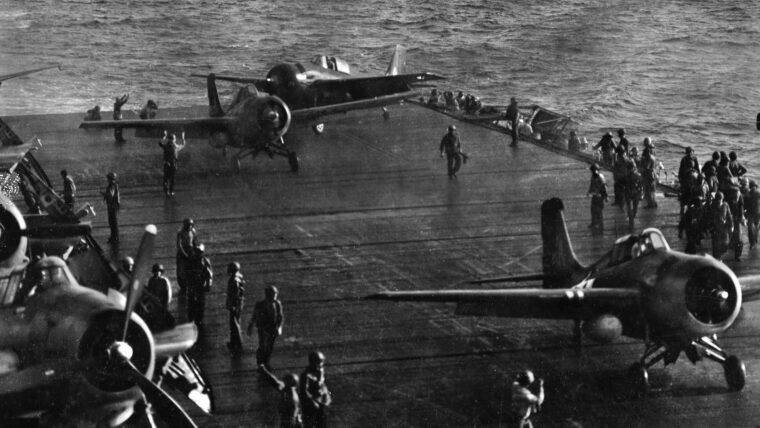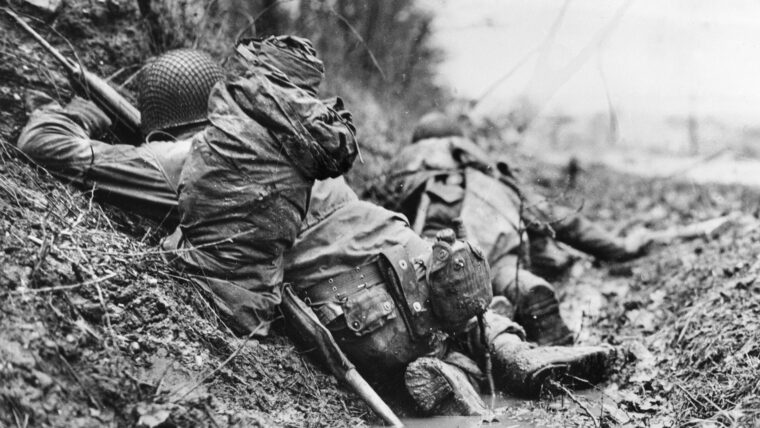
Ace of Aces
By Kelly BellBy May 8, 1945, Adolf Hitler had been dead for more than a week. Germany was in the act of formally surrendering to the Soviets and the Western Allies, so occupying Red Army troops in the eastern German town of Brunn were not expecting to witness what may have been World War II’s last dogfight over Europe. Read more






















